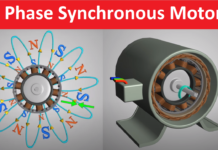What is Load Angle:
Load angle is nothing but an angle different between stator axis and rotor pole axis of the synchronous motor. For ideal motor, the load angle is zero since the rotor poles aligned with stator poles, but in practice, this is not possible. The motor has both mechanical and electrical losses, hence load angle is always present in the synchronous motor.
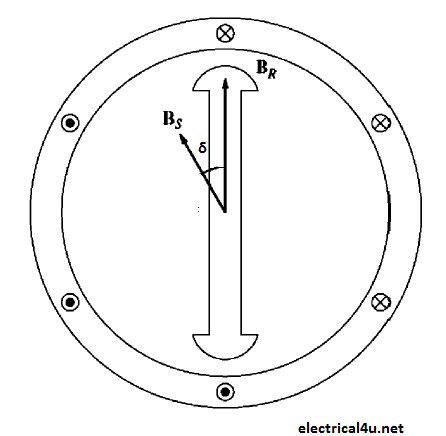
Load angle can be calculated by using the below-mentioned formula,
Refer above, the induced torque is directly proportional to the load angle δ.
It is denoted by δ
It is also called a power angle, torque angle and coupling angle.
Note: Synchronous motor is a constant speed motor which speed does not vary with respect to load.
At No-load:
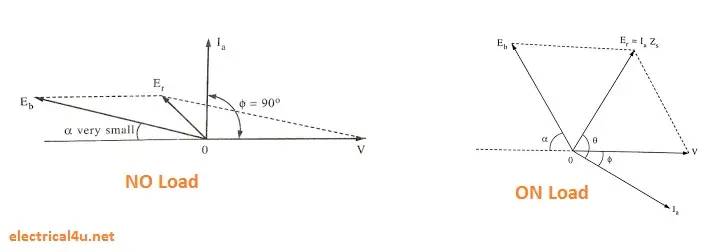
Look at fig 1.1, The phase voltage V and back emf Eb has some slight difference. This slight difference is called the load angle. At no-load condition, the load angle is very small since the losses in the motor are less.
At load condition:
While raising the load in the synchronous motor, increases the load angle even though the magnitude of the V and Ebph is same. Look at fig 1.1 the angle difference between V and Eb increases with respect to armature current Ia.
Significance of load angle:
- The Torque produced in the synchronous motor is purely depending on the load angle (sin δ). It is measured by the degree in electrical.
- Increasing in load angle indicate the decreasing magnetic locking between the rotor poles and stator poles.
- When δ = 90 deg. The motor reaches to the full load torque. If you increase the load further, the motor losses the synchronism. Such a torque is called pull out torque.

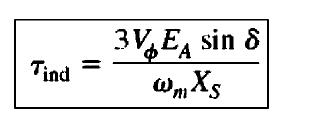
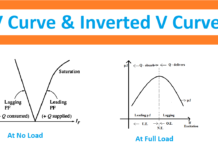

![Why Synchronous Motor is Not Self Starting [Simple Explanation]](https://electrical4u.net/wp-content/uploads/2020/06/Synchronous-motor-is-not-self-starting-218x150.png)



